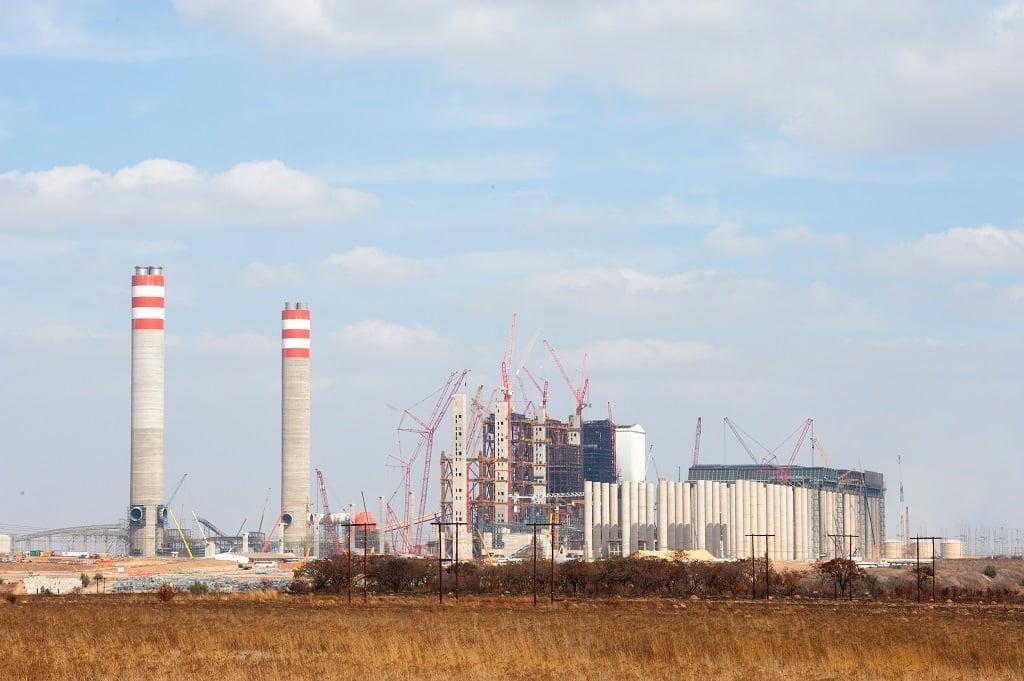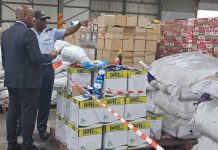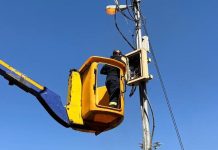Africa-Press – South-Africa. Eskom can run Kusile power station without having to meet minimum emissions standards for sulphur dioxide until 31 March 2025. This may help to reduce load shedding by up to two stages by the end of the year, the utility said.
In October 2022, a 9-metre diameter chimney or flue gas duct at Kusile’s unit 1 collapsed under the weight of ash build-up inside the pipe. The collapse also affected units 2 and 3, and Eskom effectively lost about 2 100 MW of capacity.
Following the collapse, Eskom sought a temporary exemption to run three of Kusile’s units without Flue Gas Desulpurisation (FGD) technology, which is used to reduce sulphur dioxide emissions.
This would allow Eskom to return the units into operation earlier, than if it had to first repair the flue duct. In effect, the 2 100 MW of capacity can be restored much quicker to reduce load shedding.
On Saturday, Eskom said the Department of Forestry, Fisheries and the Environment has confirmed that the exemption has now been extended until end-March 2025.
“As previously communicated, the temporary stack structures for unit 3 will be completed by November 2023, and for units 1 and 2 by December 2023. This will enable the return of 2 100 MW, further alleviating pressure on the power system and reducing load shedding by two stages.”
Eskom said the repairs to the ducts in the permanent stack will be completed by December 2024.
The postponement and licence are subject to conditions, given that SO2 emissions impact air quality and cause illnesses like bronchitis and asthma.
A study by the Centre for Research on Energy and Clean Air (CREA) warned that if Eskom is allowed to run the units without flue gas desulphurisation it could emit 280 000 extra tonnes of sulphur dioxide and lead to about 680 deaths a year. A 2021 data analysis by CREA also found Eskom to be the world’s worst sulphur dioxide polluter.
Eskom said it would comply with the conditions of the postponement, which include putting in place measures to mitigate the impact of sulphur dioxide emissions on air quality.
According to the decision letter from the DFFE, these mitigation measures include implementing independent health screenings and referring people to appropriate public health facilities if necessary.
Eskom is also required to submit a detailed plan on its mitigation measures within 21 days of being notified of the DFFE’s decision.
For More News And Analysis About South-Africa Follow Africa-Press






